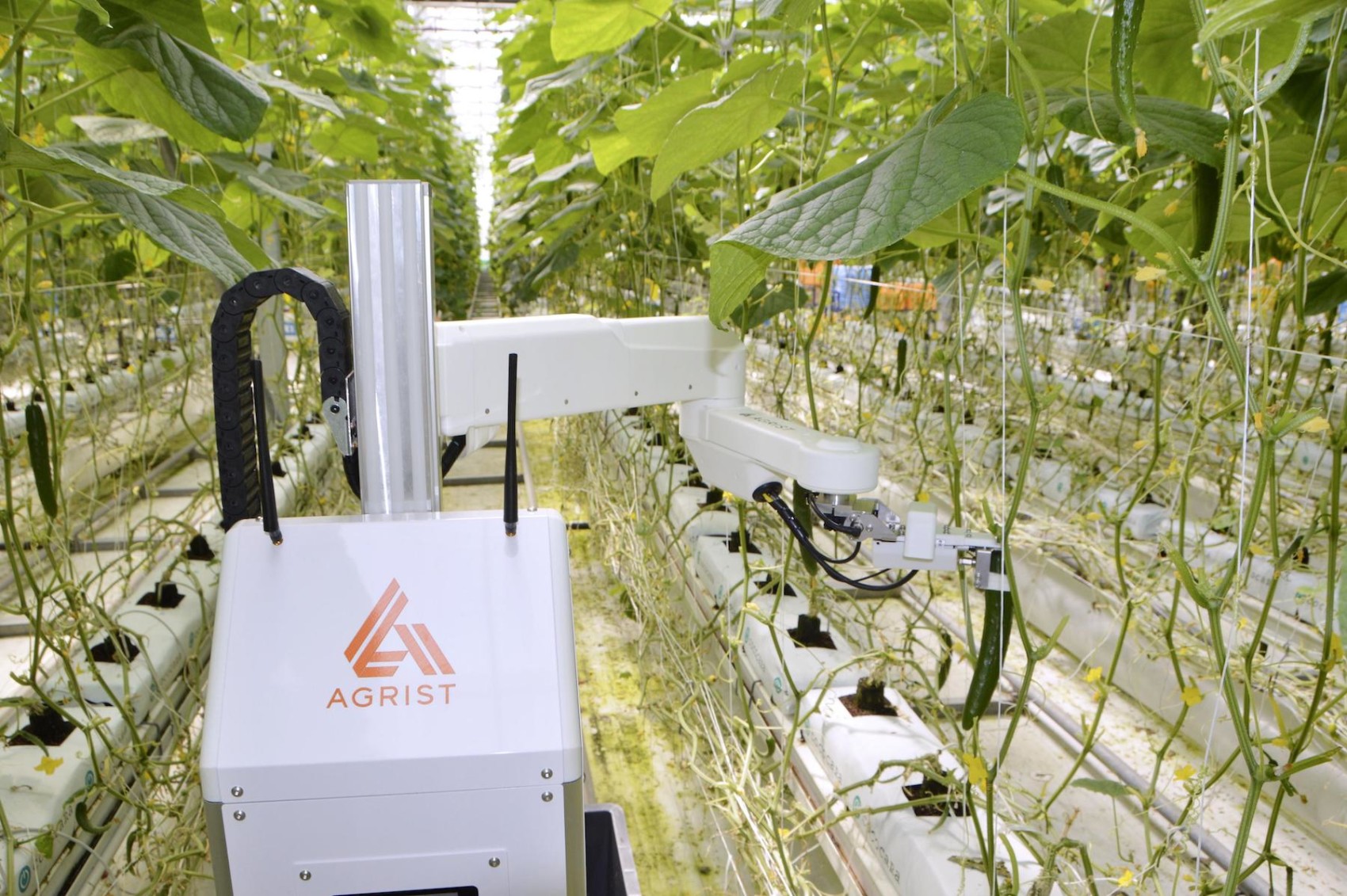Japan is increasingly embracing smart agriculture, sparking optimism that farmers will be able to delegate more labor-intensive tasks to artificial intelligence to combat severe labor shortages.
Leading the way in this technological revolution are large-scale greenhouse operators who are harnessing AI-powered computers developed by startups to revolutionize the cultivation and harvesting of agricultural products.
In a picturesque scene at a greenhouse in Hanyu, Saitama Prefecture, northeastern Japan, a four-wheeled AI robot delicately navigated through lush greenery in September, selectively picking only the ripest cucumbers.
Takeshi Yoshida, the manager of Takamiya No Aisai, expressed his initial concerns about potential damage to the melon stems by the machine, but was impressed by its precision. Given the pressing labor shortage, there are high expectations for the capabilities of such technology.
The robot, designed by the innovative company Agrist Inc., equipped with cameras and AI algorithms, autonomously determines the optimal timing for harvesting crops.
Takamiya No Aisai, a subsidiary of Takamiya Co. specializing in agricultural plant care, leased this automated cucumber harvester from Agrist, a company known for developing harvesting robots in Miyazaki prefecture since its establishment in 2019.
The machine identifies ripe cucumbers and swiftly harvests one to three fruits every two minutes, delicately placing them in a container. Takamiya No Aisai is the pioneering farm to adopt this technology from Agrist.
To ensure minimal damage to the cucumber plants, the robot meticulously adjusts its arm during the harvesting process.
The success of this venture has raised hopes that similar AI systems will be embraced by other farms in the near future.
In a similar vein, Inaho Inc., an agricultural venture based in Kamakura, Kanagawa Prefecture, near Tokyo, has leased an AI-equipped device to a farm in the Netherlands. This technology enables the selective harvesting of cherry tomatoes either individually or in clusters with remarkable efficiency.
Before plucking the tomatoes, the AI system analyzes images to identify ripe and easily accessible fruits. Developing robots that can handle the entire harvesting process is costly due to the intricate nature of tomato plants, which are entwined with leaves and stems.
Inaho has devised a strategy where the machine autonomously harvests 40% of the ripe tomatoes at night, leaving the remaining 60% for manual harvesting during the day.
The company aspires to introduce its cutting-edge agricultural systems globally, commencing with the Netherlands, a key player in the agri-food industry.
Soya Oyama, the chief operating officer at Inaho, emphasized that while achieving full automation in crop production will take time, the current technology can significantly aid farms facing labor shortages. In addition to tomato harvesting, the company has developed a vegetable harvesting machine and plans to offer leasing services by 2025.
According to Takanori Fukao, an automation expert at the University of Tokyo, Japan is on the cusp of a new era in agriculture.
He anticipates a surge in the adoption of automation technologies, starting with greenhouse operations where harvesting robots can operate efficiently. Fukao suggests that farms should prepare for the future by planning crop selection in advance to maximize the benefits of robotic assistance.






